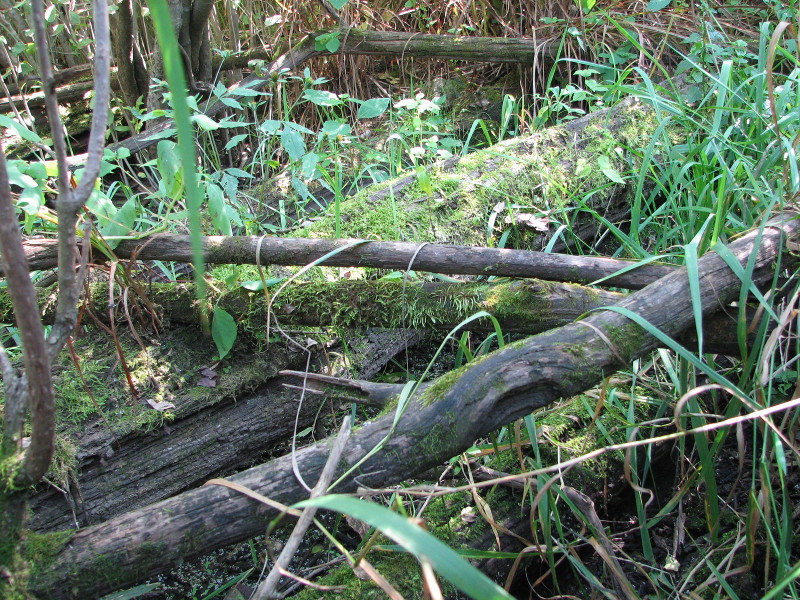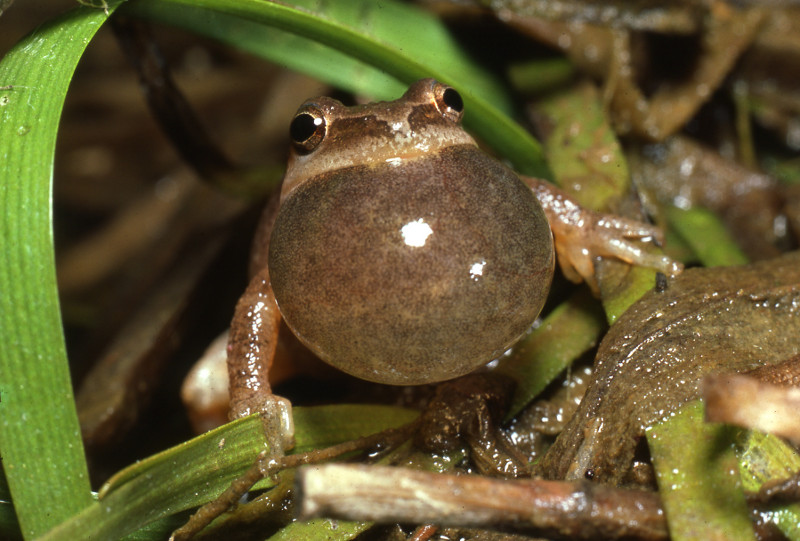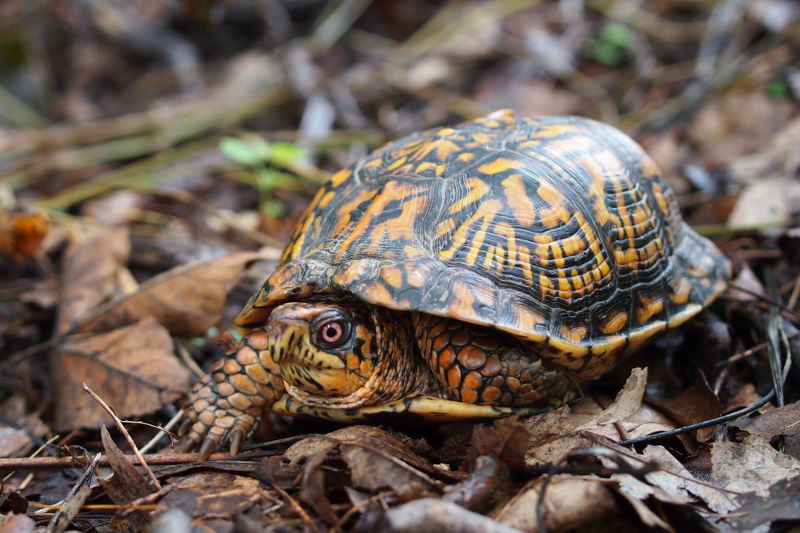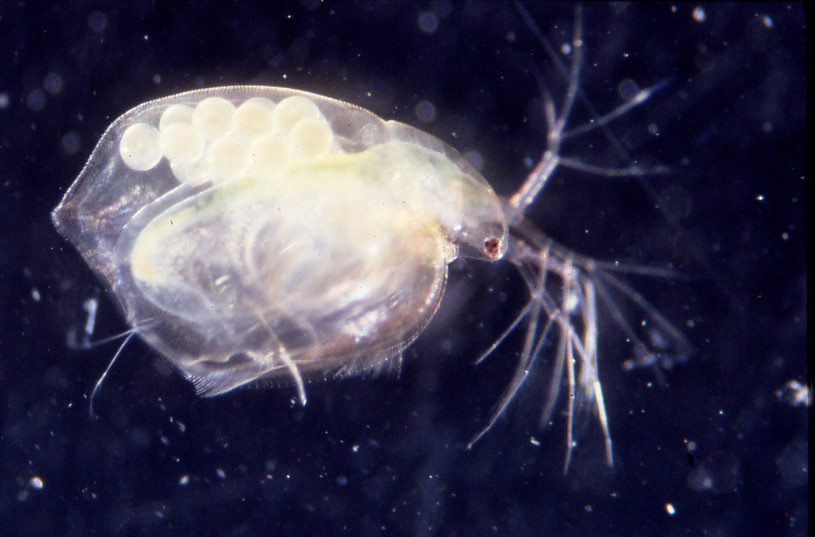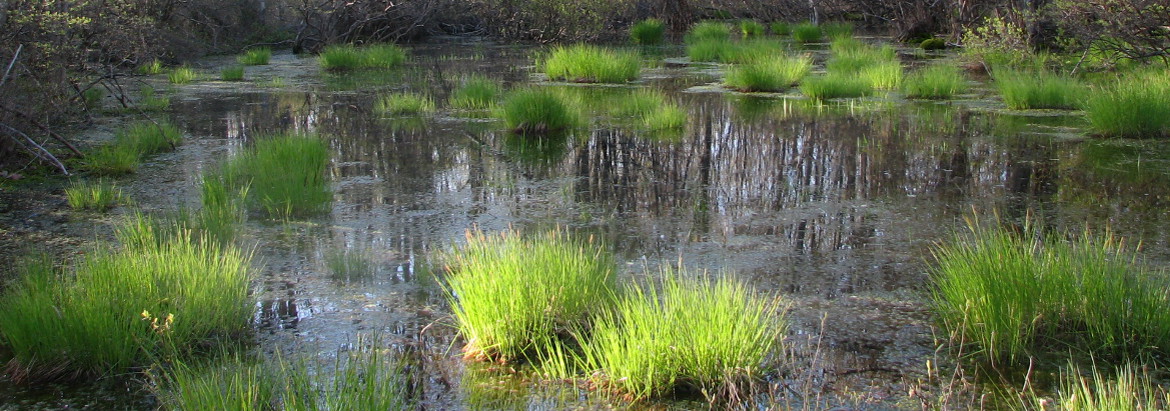 Vernal Pools Animals
Vernal Pools Animals
Vernal pools are unique wetland habitats where some of the state's most recognizable reptiles and amphibians can be found. Vernal pools are small, shallow wetlands that do not have a permanent inlet or outlet of water flow. They fill in the fall or spring when rain or snowmelt drains into shallow depressions, and can retain water due to non-porous soils. Vernal pools only hold water for part of the year and experience a drying phase every year or every few years, usually in late summer.
Because their aquatic habitats are temporary, animals that depend on seasonal pools are adapted for both aquatic and terrestrial habitats at different life stages. These animals also benefit from the dry phase, because it prevents year-round water-dependent animals like fish from living in the pools. Fish prey heavily on eggs and larvae, and without seasonal pools some species would not be able to compete and reproduce. Although there are obvious challenges for an animal using an aquatic environment that disappears for part of the year, the benefit is a habitat free from predation by fish.
Indicator Species
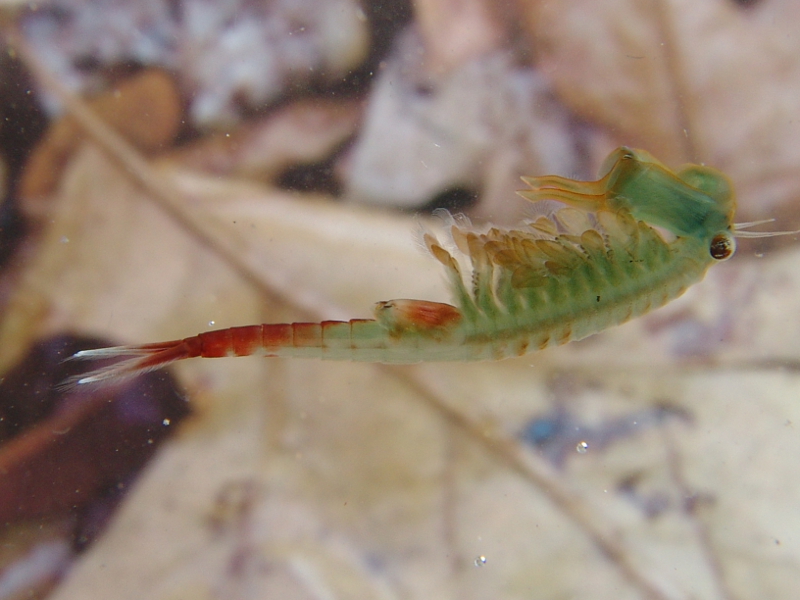
Vernal pools support wildlife that would not be successful in permanent waters. Animals that require temporary aquatic habitats for reproduction and development of their young are called vernal pool indicator species. Some sources refer to them as vernal pool obligates. Pennsylvania's large and secretive mole salamanders are all vernal pool indicators, along with two other frogs and several species of small freshwater crustaceans. These animals use seasonal pools almost exclusively during some stage of their life cycle.
Pennsylvania's Vernal Pool Indicator Animals
- Marbled Salamander (Ambystoma opacum)
- Spotted Salamander (Ambystoma maculatum)
- Jefferson Salamander (Ambystoma jeffersonianum)
- Blue-spotted Salamander (Ambystoma laterale)
- Wood Frog (Lithobates sylvaticus)
- Eastern Spadefoot (Scaphiopus holbrooki)
- Fairy Shrimp (Eubranchipus spp.)
- Clam Shrimp: Euroamerican clam shrimp (Limnadia lenticularis), diversity clam shrimp (Eulimnadia diversa)
Vernal pool indicators have developed different strategies for coping with the periodic drying of their wetland habitats. Some amphibian species travel to vernal pools to lay their eggs shortly after the first spring rains. Other species, such as fairy shrimp and clam shrimp, leave eggs in the bottom of the pool that can withstand drying out in the summer and freezing in the winter. Young vernal pool invertebrates and amphibians (most are called larvae) must grow quickly once they hatch from the egg in the spring. As spring turns to summer, water evaporates and the pool gradually shrinks in size until it disappears. The larvae must transform into terrestrial adults before the pool dries up.
Eighty five percent of vernal pool amphibians return each year to breed in the pond where they were born (Colburn, 2004). They will bypass other pools that provide suitable habitat and cross obstacles such as roads and other forms of human disturbance in order to return to the pool of their birth. This fidelity by individual amphibians to a particular pool is an important consideration when determining how to protect a species as a whole.
Facultative Species

Many animals take advantage of the resources vernal pools provide, but do not require them for survival. These 'facultative species' may breed in seasonal pools, or simply use them as a place to forage for food and find shelter.
Facultative species have physical or behavioral adaptations that allow them to successfully utilize seasonal pools but they can also survive in permanent wetland habitats. Some examples include the red spotted newt, northern spring peeper, American toad, wood turtle, and spotted turtle.
After the Pool Dries
Adult and recently metamorphosed invertebrates and amphibians will leave the vernal pool and head into the surrounding landscape. Although they need seasonal pools to reproduce and for their young to grow, adults spend the summer, fall, and winter in the uplands around the pools where they find food, shelter, and overwintering sites.
While their exact habitat needs vary, all vernal pool species benefit when a pool and its surrounding uplands (500-1,000 feet or more) are naturally vegetated and have a minimum of human disturbances.
